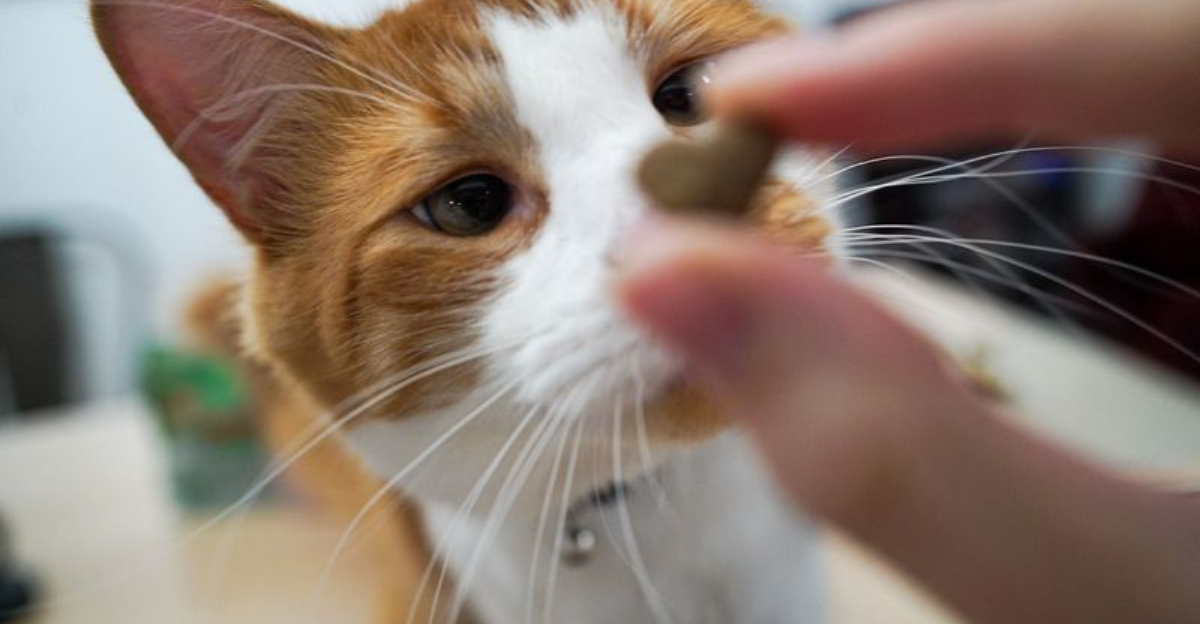Caring for your feline friend involves more than just love and attention; it’s essential to provide them with a nutritious diet to ensure they live a long and healthy life. In this blog post, we’ll explore twelve essential nutrition tips that every cat owner should know.
From understanding the importance of hydration to selecting the right food, these insights will help you make informed decisions about your cat’s dietary needs. Let’s dive into these valuable tips and discover how to keep your cat in peak health through proper nutrition.
1. Hydration Is Key
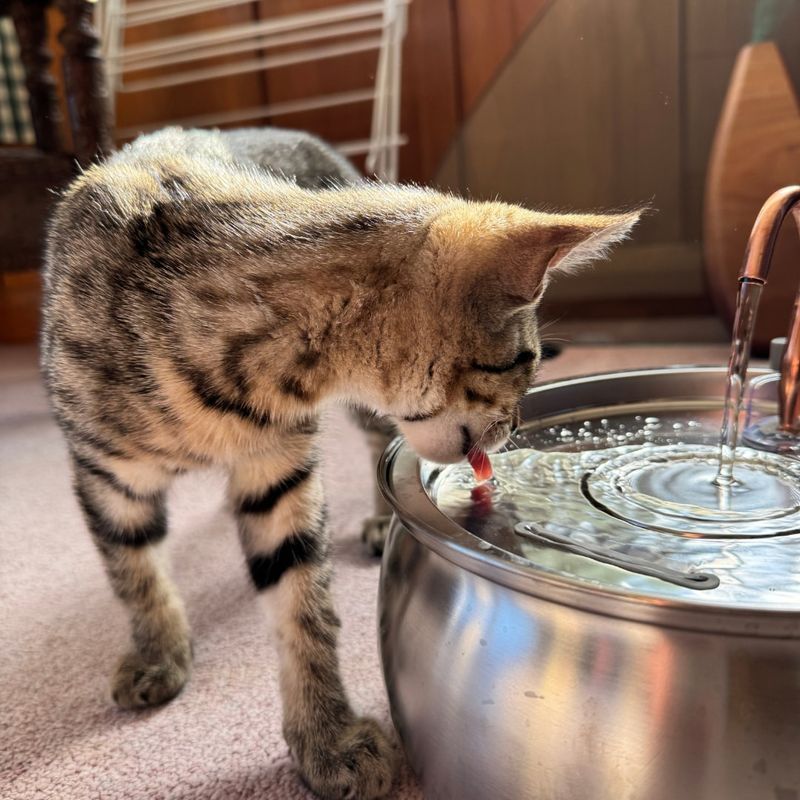
Hydration is often overlooked but is crucial for a cat’s overall health. Cats naturally have a low thirst drive compared to dogs, making it essential to ensure they’re getting enough water daily. Fresh, clean water should always be available to your cat.
Consider investing in a cat water fountain to encourage drinking, as many cats prefer running water. Additionally, wet food can contribute significantly to moisture intake, supporting urinary tract health.
Dehydration can lead to serious health issues, so it’s vital to monitor your cat’s water consumption closely. Signs of dehydration include lethargy, dry gums, and decreased skin elasticity. If you suspect dehydration, consult your veterinarian immediately.
Providing a variety of water sources and monitoring your cat’s drinking habits can prevent potential health problems. Encourage your cat to drink more by adding water to their dry food or offering broths specially made for cats. Hydration is a simple yet powerful way to ensure your cat stays healthy and active.
2. Balanced Diet
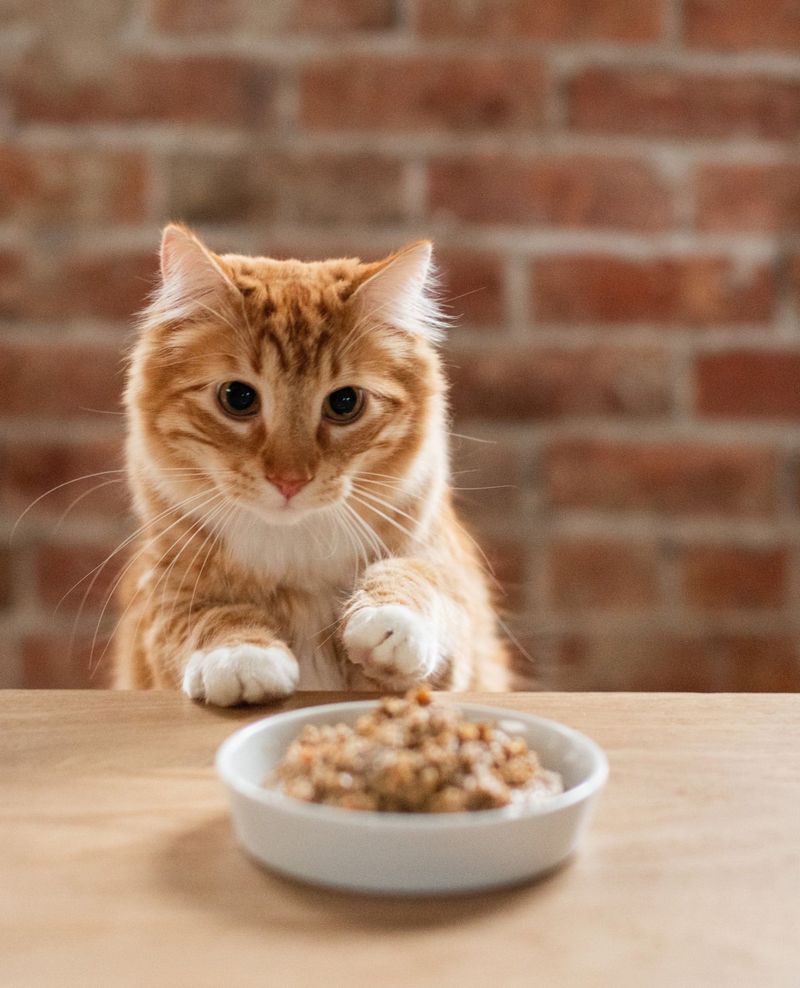
A balanced diet is the cornerstone of a healthy life for your cat. Cats are obligate carnivores, meaning their diet should consist primarily of meat. When choosing cat food, it’s crucial to select products that offer a balanced mix of proteins, fats, and carbohydrates.
Look for high-quality ingredients and avoid foods with excessive fillers, such as corn or wheat. Protein is essential for maintaining your cat’s muscle mass, while fats provide them with energy and contribute to a shiny coat. Carbohydrates, although less important, can offer additional energy.
Many commercial cat foods are formulated to provide a complete and balanced diet, but it’s always wise to consult your veterinarian to choose the best option for your pet. Mixing wet and dry food can offer variety and ensure your cat receives all necessary nutrients.
Always read labels carefully and understand the nutritional content of what you’re feeding your cat. Providing a balanced diet helps prevent obesity, diabetes, and other health issues, ensuring your cat enjoys a longer, healthier life.
3. Portion Control
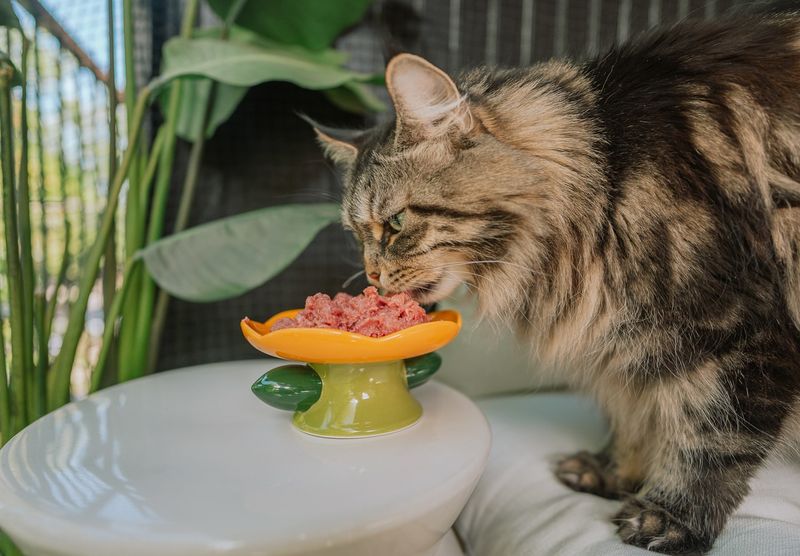
Portion control is essential to prevent obesity in cats, a common health issue that can lead to serious conditions like diabetes and arthritis. Determining the right portion size depends on your cat’s age, weight, activity level, and specific health needs.
Feeding guidelines on cat food packaging can be a helpful starting point, but personalizing them with your veterinarian’s advice ensures accuracy. Measuring your cat’s food with a dedicated scoop or kitchen scale helps maintain consistent portion sizes.
Avoid free-feeding, where food is left out all day, as it can lead to overeating. Instead, establish a feeding schedule with set meal times to regulate your cat’s intake. Observe your cat’s body condition regularly and adjust portions as needed to maintain an ideal weight.
In addition to promoting healthy weight management, portion control aids digestion and prevents waste. Remember that treats should only make up a small portion of your cat’s daily caloric intake. Mindful portioning is a straightforward yet effective way to support your cat’s lifelong health.
4. Quality Protein Sources
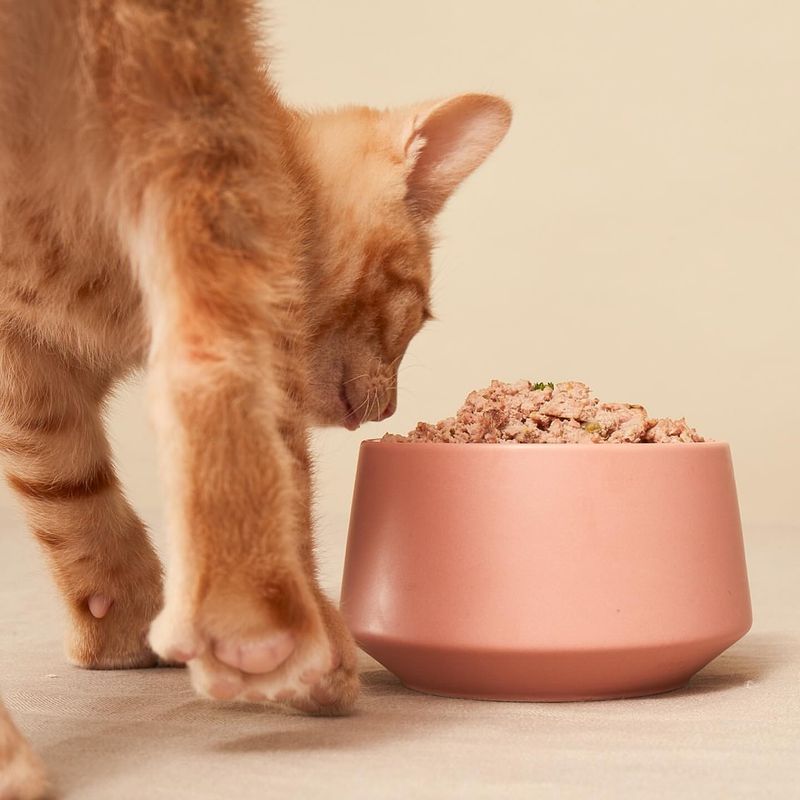
Protein is a vital component of your cat’s diet, as it supports muscle maintenance, energy levels, and overall health. When selecting cat food, prioritize quality protein sources such as chicken, turkey, beef, or fish.
These proteins should be the first ingredients listed on the label, indicating their prominence in the food. Avoid foods that rely heavily on by-products or unspecified meat meals, as these can vary in quality. Instead, opt for brands that use human-grade ingredients or are recommended by veterinarians.
A high-protein diet is particularly important for kittens, pregnant or nursing cats, and those with specific health conditions that require additional protein. Regularly rotating protein sources can prevent food sensitivities and keep your cat interested in their meals.
Consult your veterinarian before making any significant changes to your cat’s diet. Providing high-quality protein ensures your cat receives the necessary nutrients to thrive and maintain a strong, agile physique.
5. Include Omega Fatty Acids
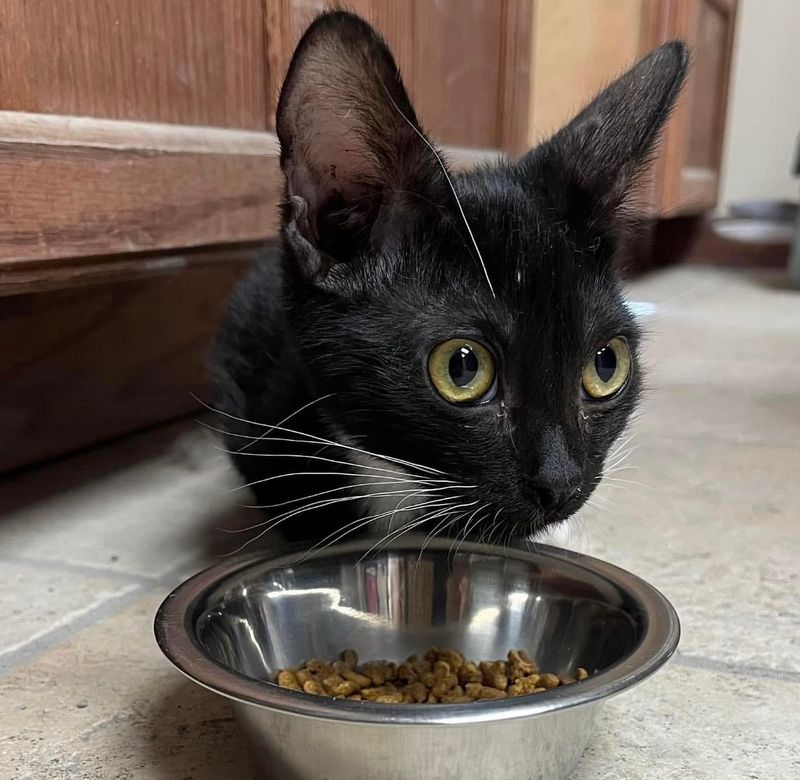
Omega fatty acids are essential nutrients that contribute to your cat’s skin and coat health, as well as overall well-being. These healthy fats, particularly Omega-3 and Omega-6, play a crucial role in reducing inflammation, supporting joint health, and enhancing cognitive function.
Including sources of Omega fatty acids in your cat’s diet can be achieved through fish-based foods, fish oil supplements, or products enriched with flaxseed oil. These fatty acids are particularly beneficial for cats with allergies or skin issues, as they help soothe irritation and promote healing.
However, it’s important to balance these nutrients, as an excess of Omega-6 can lead to inflammation. Always consult your veterinarian before adding supplements to ensure they are appropriate and safe for your cat’s specific needs.
By incorporating Omega fatty acids into your cat’s diet, you can help them achieve a glossy coat and maintain optimal health.
6. Monitor Weight Regularly
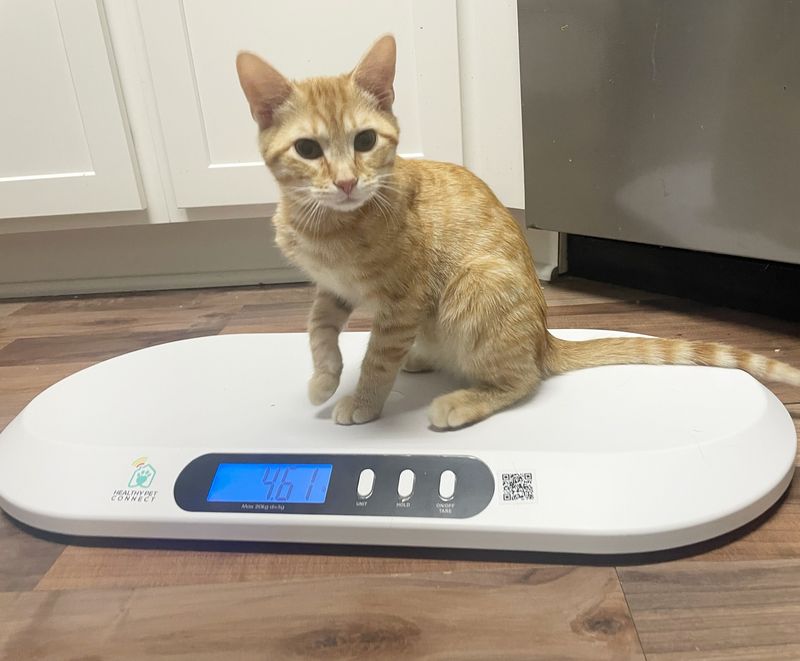
Keeping an eye on your cat’s weight is crucial for identifying potential health issues early. Regular weight monitoring helps you track changes and make dietary adjustments as needed to maintain an ideal weight.
Weigh your cat monthly using a pet scale or by stepping on a household scale while holding your cat and subtracting your weight. Sudden weight gain or loss can be a sign of underlying health problems, such as thyroid issues, diabetes, or gastrointestinal disorders.
If you notice significant changes, consult your veterinarian for a thorough examination and guidance. Maintaining a consistent weight helps prevent obesity-related conditions and ensures your cat’s overall well-being.
In addition to weight monitoring, regularly assess your cat’s body condition score (BCS) by feeling for ribs and observing their waistline. This hands-on approach provides insight into their overall health and helps you catch potential issues before they become serious. By being proactive about your cat’s weight, you can promote a long, healthy life.
7. Avoid Toxic Foods
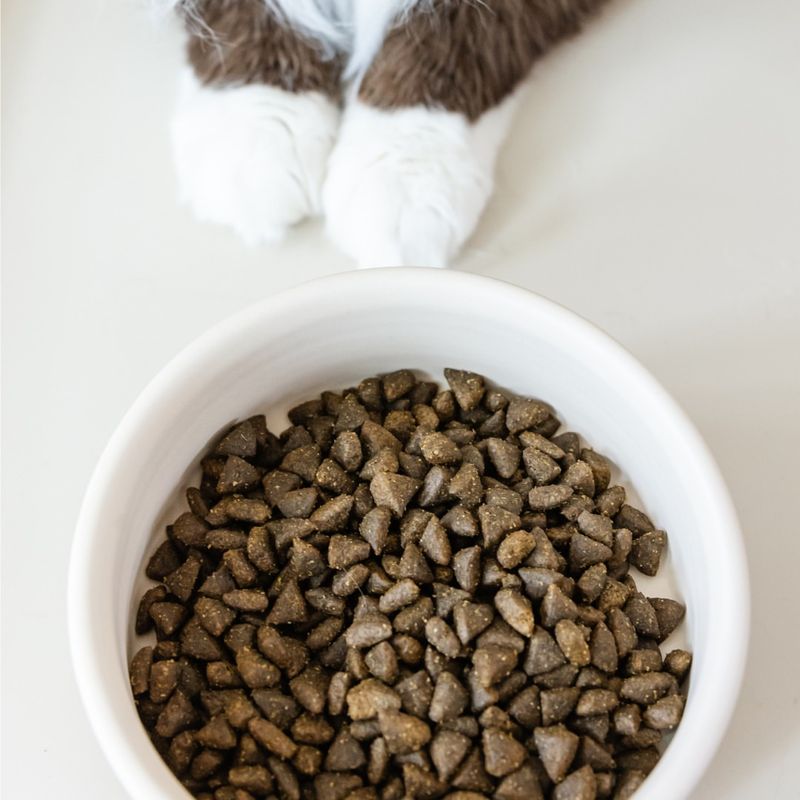
Certain human foods are toxic to cats and should be avoided at all costs. Common culprits include chocolate, onions, garlic, grapes, and raisins, which can cause severe reactions or even be fatal.
Additionally, foods like alcohol, caffeine, and certain artificial sweeteners can also pose significant health risks. It’s important to educate yourself about potential hazards and keep these foods out of reach. If you’re unsure whether a food is safe for your cat, err on the side of caution and consult your veterinarian.
Be attentive to ingredients in processed foods, as they may contain harmful substances. If your cat accidentally ingests a toxic food, seek veterinary assistance immediately. Early intervention can prevent serious complications and ensure your cat’s safety. Providing your cat with a safe diet is essential for their health and longevity, so remaining informed and vigilant is key.
8. Special Diets For Health Conditions
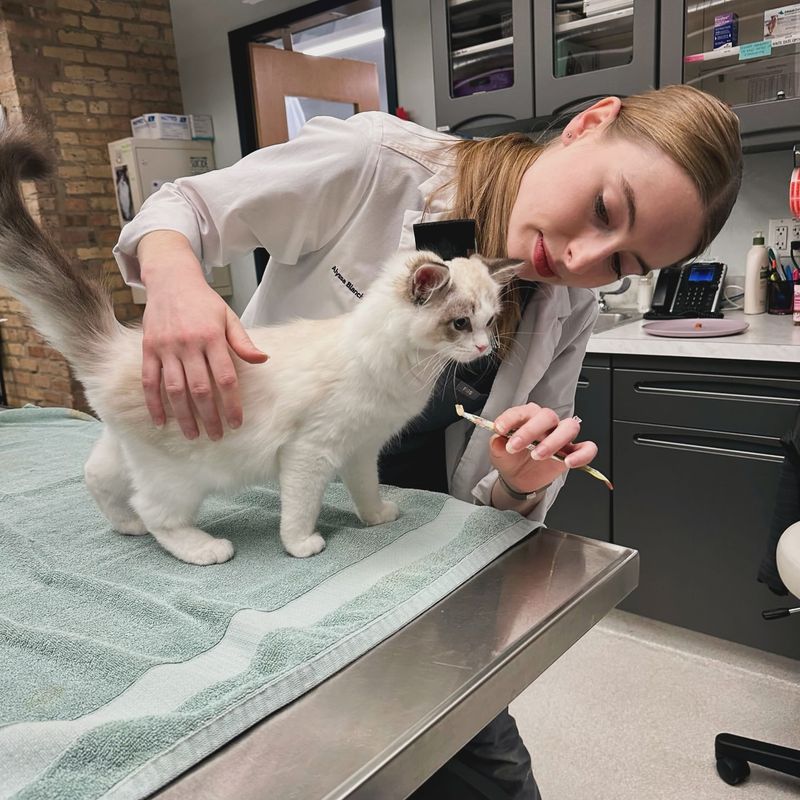
Certain health conditions in cats, such as kidney disease, diabetes, or allergies, may require specialized diets to manage symptoms and improve quality of life. If your cat has been diagnosed with a specific condition, work closely with your veterinarian to formulate a diet plan tailored to their unique needs.
Prescription diets are often recommended for managing chronic health issues, as they are designed to provide the necessary nutrients while minimizing aggravating factors. These diets can help slow disease progression and alleviate symptoms, making your cat more comfortable.
In some cases, home-cooked meals or raw diets may be suggested, but they should only be undertaken with professional guidance to ensure nutritional completeness.
Regular follow-ups with your veterinarian are essential to monitor your cat’s response and make adjustments as needed. By prioritizing your cat’s dietary needs, you can support their health and improve their quality of life.
9. Dental Health Matters
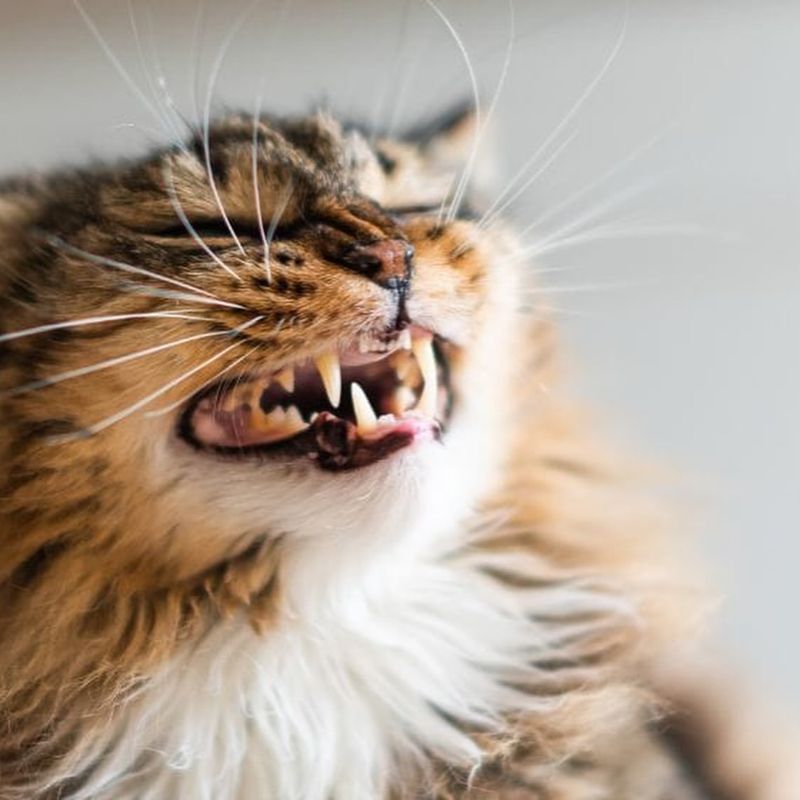
Dental health is often overlooked but is an integral part of your cat’s overall well-being. Poor dental hygiene can lead to plaque buildup, gum disease, and tooth decay, which can affect your cat’s ability to eat and even lead to systemic health issues.
Regular teeth brushing is one of the most effective ways to maintain your cat’s dental health. Use a soft-bristled toothbrush and cat-specific toothpaste to gently clean your cat’s teeth at least a few times a week.
Dental treats and toys can also help reduce plaque and tartar when used in conjunction with brushing. Schedule regular veterinary dental check-ups and cleanings to address any issues early.
Signs of dental problems include bad breath, drooling, and difficulty eating. By maintaining your cat’s dental health, you’re contributing to their overall quality of life and longevity.
10. Limit Treats
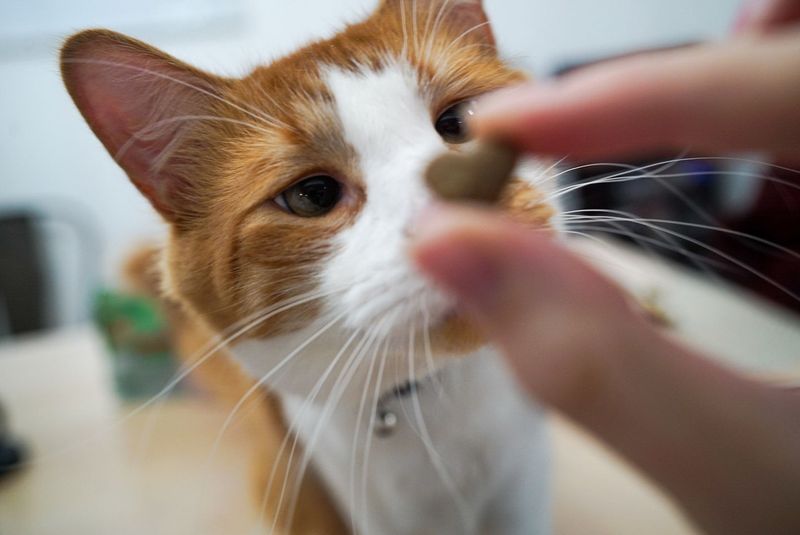
Treats are a delightful way to bond with your cat, but it’s important to limit them to prevent excessive calorie intake. Overindulgence in treats can contribute to obesity and other health issues. Treats should not exceed 10% of your cat’s daily caloric intake.
Opt for healthy treat options that are low in calories and free from artificial additives. Freeze-dried meats or specially formulated cat treats can be nutritious alternatives to traditional snacks. Always read the labels and be aware of the ingredients.
Using treats as a reward during training sessions can be beneficial, but remain mindful of the quantity. Consider breaking larger treats into smaller pieces to reduce calorie intake. By managing your cat’s treat consumption, you’re helping them maintain a healthy weight and promoting a balanced diet.
11. Provide Enrichment
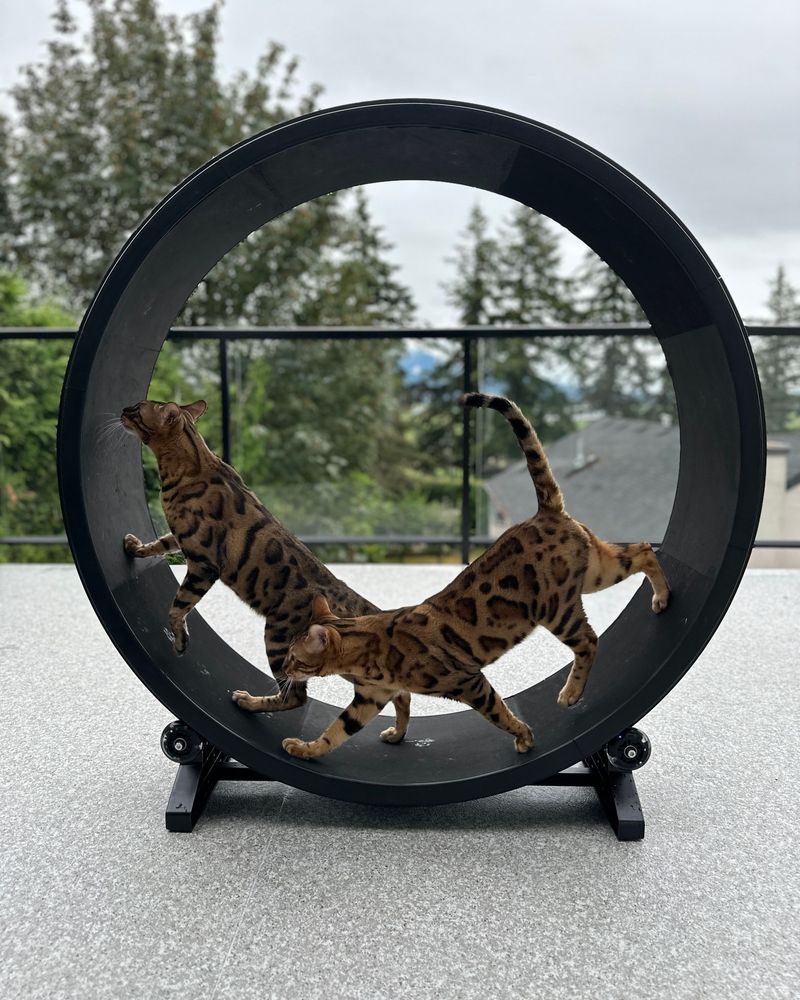
Enrichment is not directly related to nutrition, but it plays a significant role in your cat’s overall health and well-being. Providing mental and physical stimulation can prevent boredom, reduce stress, and encourage healthy eating habits.
Interactive feeders and puzzle toys can make mealtime more engaging, slowing down fast eaters and stimulating your cat’s natural hunting instincts. These tools can also help manage weight by promoting active play and reducing idle snacking.
Incorporate a variety of enrichment activities into your cat’s daily routine, such as play sessions, vertical spaces to climb, and opportunities for exploration. Enrichment contributes to a happier, healthier cat and complements a nutritious diet by supporting mental well-being.
12. Consult Your Vet Regularly
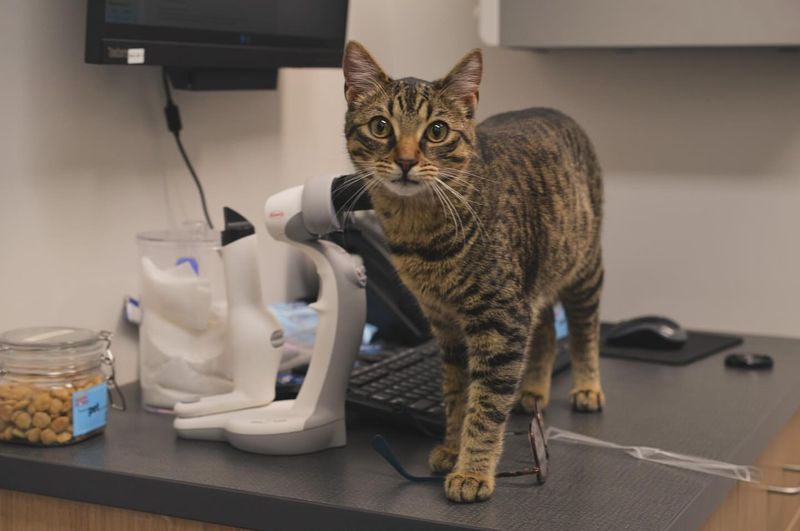
Regular veterinary consultations are essential for maintaining your cat’s health. Your veterinarian can provide valuable insights into your cat’s nutritional needs and help you adjust their diet based on age, weight, and health conditions.
Annual check-ups allow for early detection of potential health issues and ensure your cat’s vaccinations and preventative care are up to date. During these visits, discuss any dietary concerns or changes in your cat’s behavior. Your vet can recommend specific diets, supplements, or feeding schedules tailored to your cat’s individual needs.
Building a strong relationship with your veterinarian supports your cat’s long-term health and provides peace of mind for you as an owner. By consulting your vet regularly, you’re taking proactive steps to ensure your cat’s well-being and longevity.

